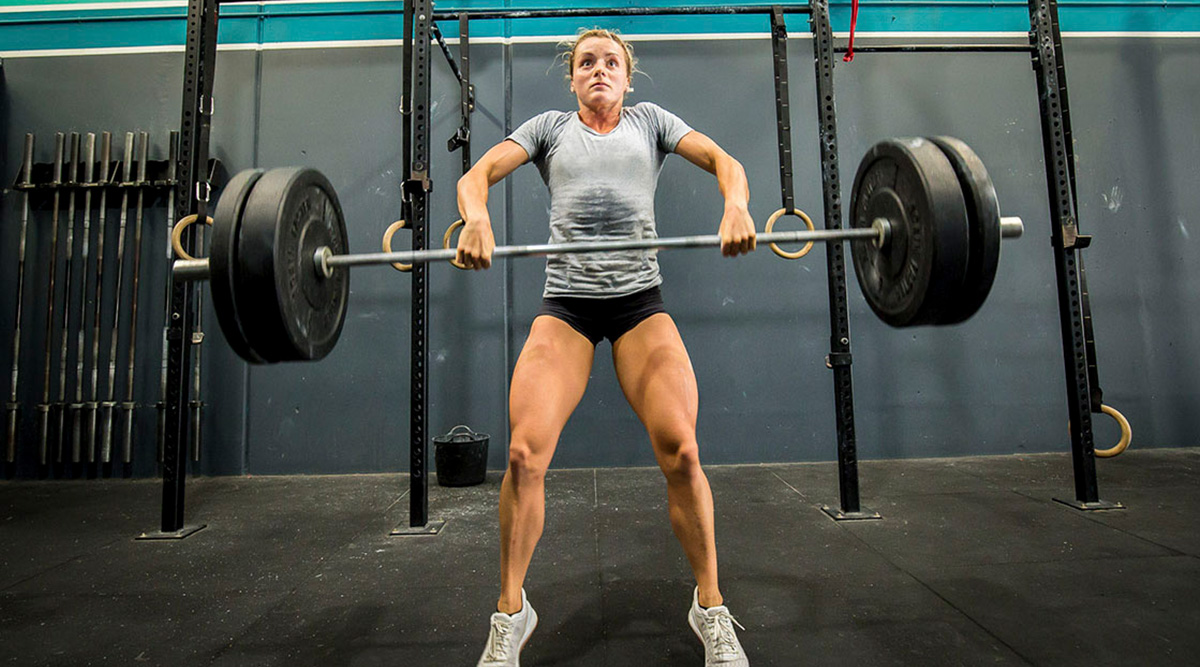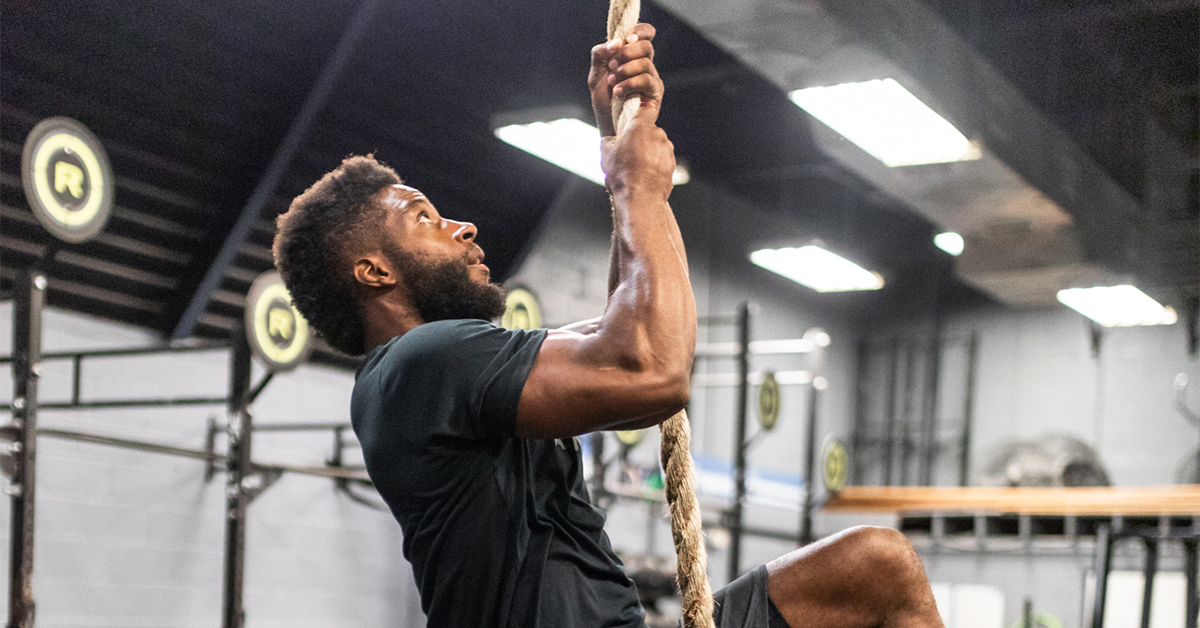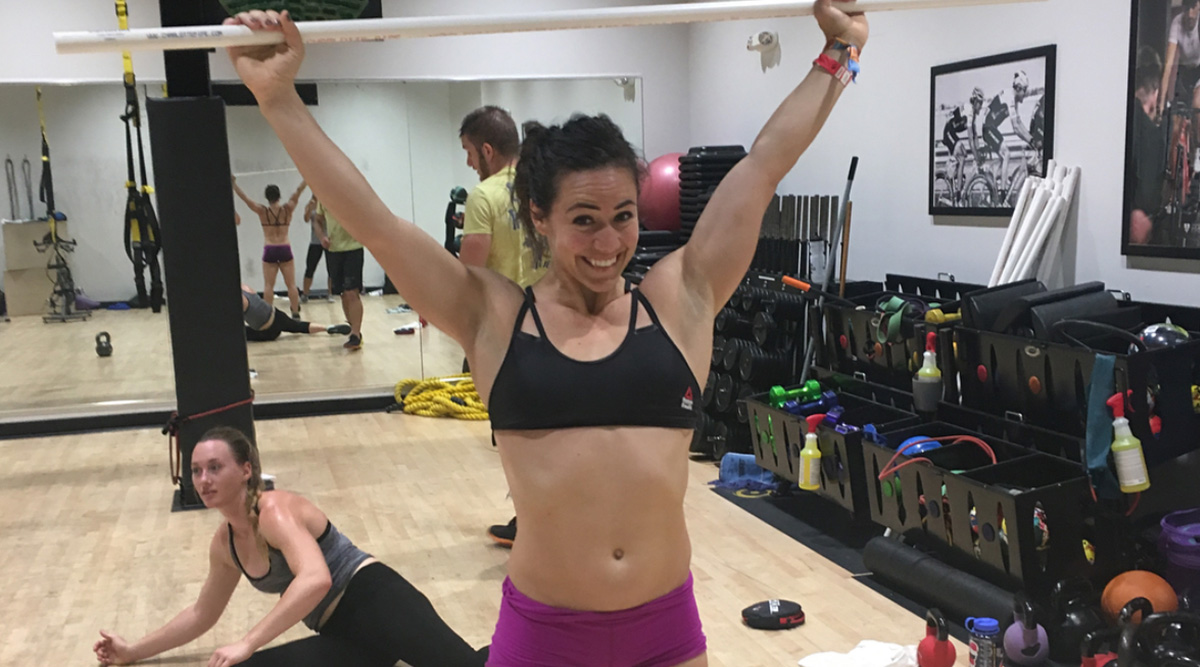Have you ever been to a local competition and seen half of the competitors wandering around like a bunch of zombies, latching on, and copying whatever warm-up the closest athlete is doing before an event? Let me pull back the curtain a bit and give you some earth-shattering insider information — that’s a bad game plan. Knowing how to warm up is crucial.
As an athlete, you should aspire to give your best performance every time you step on the competition floor. Having an effective warm-up is your ace in the hole. It is what can separate you from your zombie-like competition and help optimize your performance. Unfortunately, there is no one warm-up to rule them all. It takes time to learn your body, to realize what works, and to learn how to budget your time. It is a skill just like anything else in functional fitness, a skill that takes time to perfect.
This article lists a few tips on how to warm up and hopefully gives you a little head start and a good foundation to build your perfect warm-up.
5 Effective Tips for How to Warm Up
1. Identify the Type of Workout
Before you even get moving, it is essential to first identify the type of workout you are planning on tackling. This really comes down to understanding the time frame and the loading of said workout. In general, the shorter, faster, and more intense a workout is, the longer the cardiovascular prep time needs to be.
Similarly, identifying the loading will help dictate if your warm-up time should be spent on increasing the blood flow or building tension in anticipation of a heavy lift. All these need to be sorted out before the actual warm-up begins.
2. General and Metabolic Prep
Most athletes, regardless of the workout written up, have a kind of routine they like to go through, which is called the general prep. This might include some cyclical work on the erg or some dynamic ranges of motion. Remember, the length of time you spend in this section, especially when it comes to cyclical work, should be determined by the length of the workout.
Every great athlete has a routine, a ritual before every game or competition. This is where you can test and develop a simple general warm-up that is effective for you. The goal here is just to get moving, break a little sweat, and work through some ranges of motion, but nothing too crazy.
3. Specific Movement Prep
Once you get into a specific movement prep, the warm-up starts to take on an identity of its own. This phase of the warm-up should reflect the movements you will see in the workout. Identify the major movement patterns, such as squatting and pulling, and cater this portion of the warm-up to prepare your muscles and joints for that workload.
That doesn’t mean you have to do those specific movements you will see in the workout, but you do need to take the necessary steps to prepare yourself for those particular movements. For example, if a workout calls for deadlifts, you might need to spend some time with a resistance band to get your hips and glutes active and firing. The time you spend on this phase of the warm-up depends on the complexity of the movements in the workout and your own personal areas of restriction.
4. Understanding Tension
Tension in the lifting world has a totally different meaning from tension in everyday life. I’m not talking about a tension headache or how tense you feel before a presentation in front of your coworkers. When we talk about tension, we are talking about creating tension (or stiffness) throughout our muscles and body.
Tension can be your greatest ally or worst enemy depending on the workout. The same tension that prevents you from being crushed under a heavy clean is the same tension that makes it tough to move and breathe during a 20-minute workout of burpees and rowing. Understanding the workout and adjusting the amount of tension required are something elite-level athletes do all the time whether they know it or not. Optimizing tension is crucial to your success.
The beauty of tension is it is easily adjustable and can be done at any point of the warm-up. Simple ways to increase tension would be doing things such as short sprints, explosive or plyometric exercises, or sled work, whereas decreasing tension can be accomplished through foam rolling, dynamic stretching, and movement work.
5. Touch the Required Intensity
This is the part everyone hates. If the workout is a deep breather, you need to breathe deep in your warm-up. It is during warm-up you must feel that level of intensity, not during the workout itself. That means if you are doing the soul-crushing workout Fran, you need to touch — the keyword being “touch” — that same level of intensity during warm-up.
This way, your body won’t be shocked anymore when confronted with the intensity during the workout. Personally, I don’t think athletes have a hard time grasping this concept, but they almost never include it in their warm-up. Why? It’s probably because it is uncomfortable or they think it will make them too tired for the actual workout. That’s why it is important to just touch that level of intensity and then back off — don’t do Fran during a warm-up for Fran.
You can tack this usually toward the end of your warm-up. I like to ramp up the intensity in the form of intervals with the same movements I will be performing in the workout but with decreased reps.
So for a workout like Fran, I would probably do something like three rounds of five thrusters and five pull-ups, then rest for two minutes, and repeat one to two more times based on feel. This way, you are going through the actual ranges of motion, practicing transitioning between movements, and increasing your heart rate and blood flow. Yes, it’s uncomfortable, but it’s definitely necessary.
















